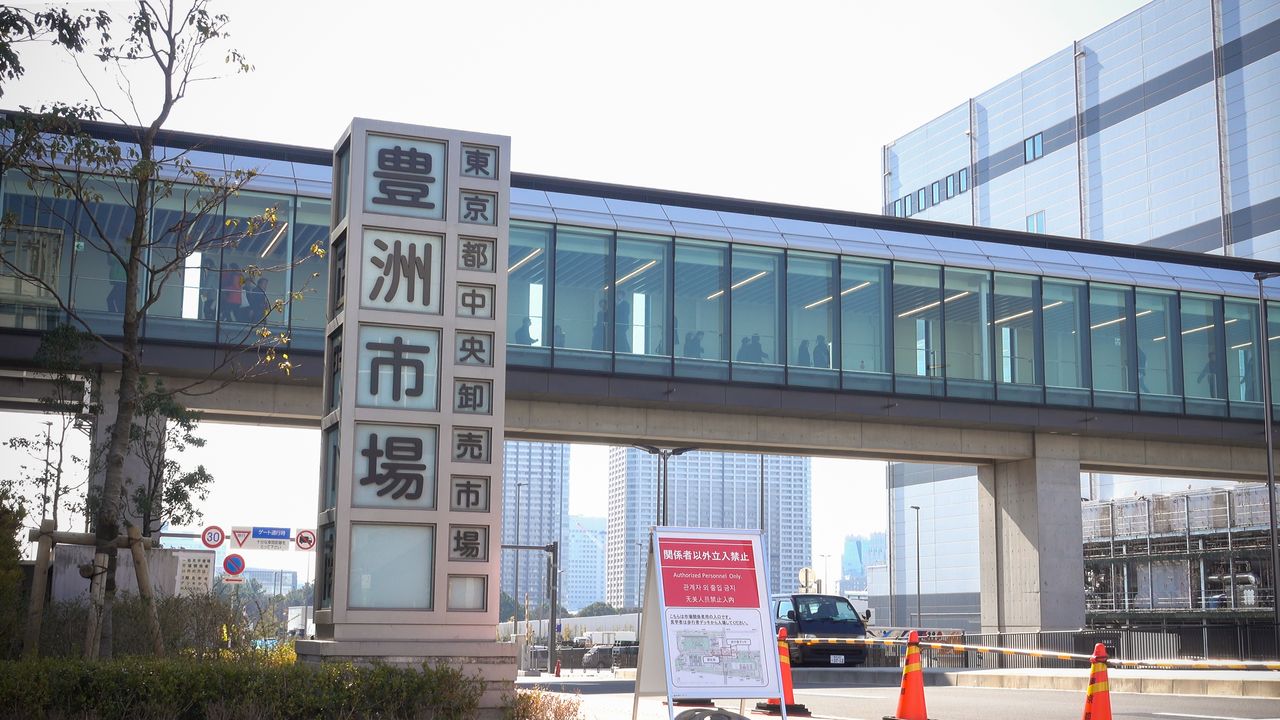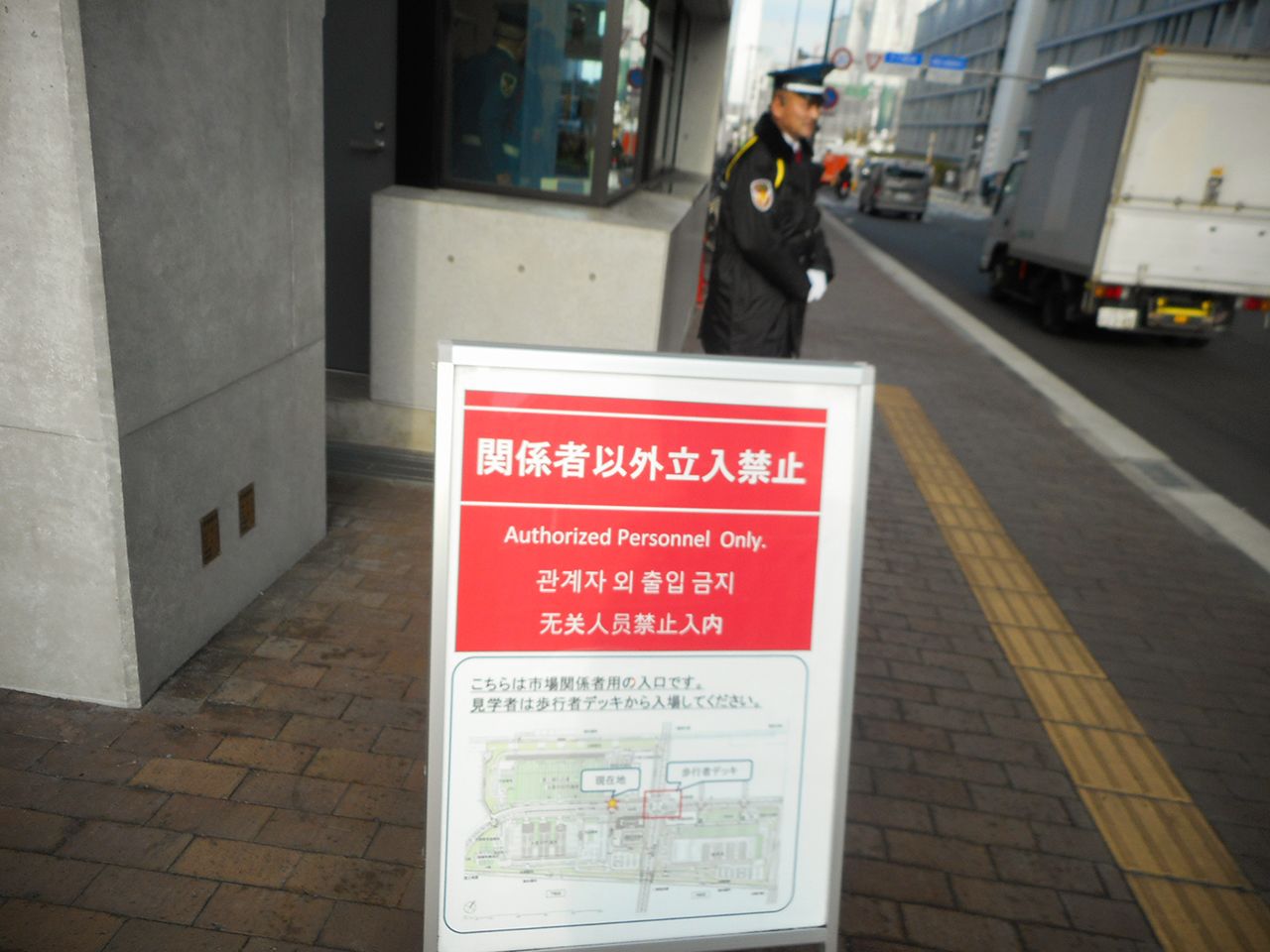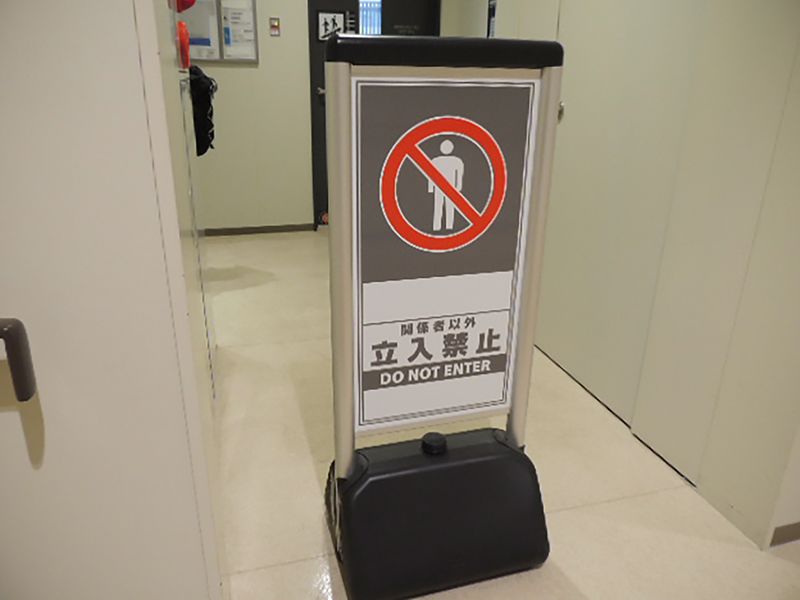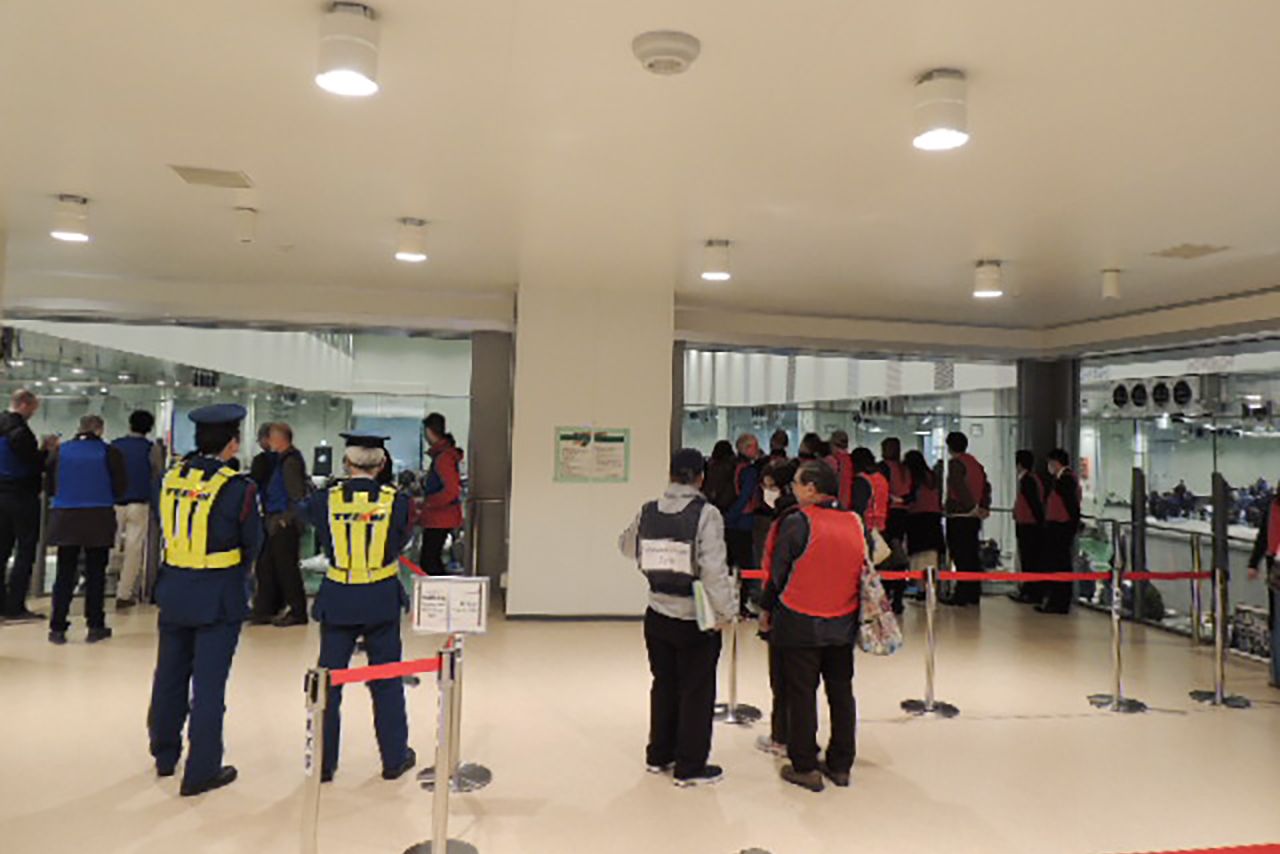
Toyosu Market’s Growing Pains
Economy Society- English
- 日本語
- 简体字
- 繁體字
- Français
- Español
- العربية
- Русский
For Wholesale Only, Then as Now
“What do you mean, we can’t shop here?” complained visitors to Toyosu Market in late 2018, when a security guard barred them from the Fisheries Intermediate Wholesale Market. “We could buy fish onsite at Tsukiji.” The guard sent them away, saying, “No admittance beyond this point for unauthorized personnel. Fish may be purchased by the general public at the Tsukiji Outdoor Market.”
No shopping at Toyosu, when we could shop at Tsukiji? Did they change the rules when they relocated the market? Many visitors are puzzled by this difference between ways of doing things at the two sites. The fact is, however, that the policies have remained the same across the move from Tsukiji to Toyosu. Any perceived difference arises from the arrangements of the respective sites. Regardless of where it is located, whether at Tsukiji or Toyosu, the facility is a nationally accredited central wholesale market, meant for wholesale and other business transactions. Retail sales to the general public are not what this market is for.
Why, then, was the general public able to buy fish at Tsukiji? The answer is that unlike Toyosu, which is a collection of multistory buildings, Tsukiji had a ground-level, open-plan arrangement, which made it easy for anyone to get into the Intermediate Wholesale Market at the old site.
It was possible to get onto the grounds at Tsukiji from multiple points other than the main entrance, including the entrance connecting the interior to the outdoor market. There were also shops within Tsukiji Market that were open to the public, including sushi and gyūdon (bowls of rice with thin sliced beef) restaurants. Hence, people could come and go without being questioned, as long as they were on foot. Once they were inside, they could go around the Fisheries Wholesale and Intermediate Wholesale Markets as they pleased, so long as they kept an eye out for the turret trucks that transported materials within the facility.

Security guards are stationed at all entrances to Toyosu Market. The public is admitted only via the Visitor’s Tour.
Wholesalers with a Booming Retail Business at Tsukiji
While security guards patrolled the Tsukiji Fisheries Intermediate Wholesale Market, it was impossible to prevent members of the public from getting into the market itself because there were too many points of entry. While this was nothing but a nuisance to the professional representatives of restaurants and local fishmongers looking to procure stock, there were more than a few vendors among the Intermediate Wholesalers who welcomed all paying customers with open arms.
Furthermore, there were no entry passes in use at Tsukiji to identify the buyers who were procuring stock at the Intermediate Wholesale Market for sushi shops and other restaurants. Hence, there was no way to distinguish on sight between who was there on legitimate business and who was not. And given that these buyers did not pay in cash for the orders they made, the dealers at the Intermediate Wholesale Market were only too happy to take money on the spot from members of the public who shopped there.
As a consequence, there was rampant shopping at Tsukiji Market on the part of the general public, in addition to the business and institutional customers for whom the wholesale center was actually intended for. The situation would come to a head during the year-end period, when the vendors would display all manner of New Year’s merchandise—including crab, salmon roe, preserved herring roe, and lightly salted salmon—to cater to general shoppers, who flocked to the market from all over for that reason. And while the Intermediate Wholesalers were normally distinguished by category of merchandise, whether blue-skinned fish such as tuna, jack, and mackerel, or more exotic specialties such as dried fish, fugu, or eel, they would all have similar merchandise on offer come December, in anticipation of this year-end rush.
It might also seem like the conventional wholesale business would provide sufficient sales by itself, making sales to the public account for little by comparison. Consumption of fish has been in a gradual decline since Japan’s economic bubble burst in the early 1990s, however. The effect of this slump has been felt as a loss of vigor in the wholesale business, and given individual shoppers’ willingness to splurge on high-grade seafood, the Intermediate Wholesalers “cleaned up on selling to the public as well,” in the words of one veteran.

Signs indicating areas off-limits to the public are posted throughout the Toyosu Market buildings.
Wholesaler Complaints Versus Cautious Authorities
All that changed as part of the market relocation. With security guards stationed at all entrances to the Toyosu Market buildings, along with posted signs placing large parts of the facility off limits to unauthorized personnel, the public is now effectively barred from the Intermediate Wholesale Market. Representatives of a wholesalers organization are becoming increasingly upset by this state of affairs, though. “Never mind the sightseers,” comments one. “Members of the public who want to buy fish here should be allowed inside. It doesn’t make sense that it’s not allowed at Toyosu when it was all right at Tsukiji.”
A Tokyo government official in charge of the administration of the market expressed a more circumspect position: “It’s not a simple matter to open the Intermediate Wholesale Market to the general public, given the health and safety considerations involved. We can’t afford a repeat of the state of affairs that prevailed in Tsukiji.” The official further indicated that allowing the public to go shopping in the market as a whole at Toyosu “would require a consensus of all of the organizations involved, from wholesalers to consignment buyers.” This suggests that such a change would not occur overnight, in any event.
Given the increasing calls to open up the market from the public and the Intermediate Wholesalers, as well as the city government in Kōtō, where the market is now located, it appears that the market authorities will need to investigate the extent to which the public can be allowed into the market as a whole.
Tuna Auction Audiences on the Wane
One aspect of the new market which is not off limits, and indeed was deliberately established to allow the public to visit the market, is the area set aside for visitors to observe the daily tuna auctions. Unfortunately, although the public is indeed welcome here, the Toyosu auctions haven’t received nearly the attendance of the similar auctions at Tsukiji. One reason is that the auctions at Tsukiji were operated on a first-come, first-served basis, meaning that people showed up on any given day and took their chances on getting in. Toyosu, meanwhile, uses an online reservation system instead. In Tsukiji, “people had to line up three hours before an auction to get in,” according to a staff member. And they did, forming long lines in the predawn hours. In the new facility, by contrast, attendance is significantly below the cutoff for days at a time.
Despite Toyosu having a dedicated glass-partitioned observation deck for watching tuna auctions, audience numbers are down. This is because reservations must be made at least two weeks in advance, and the procedure for making reservations is itself not well-publicized. Other inconveniences include no more than five persons per group reservation, with the names of all parties provided, and mandatory ID checks at the entrance.

The glass partitions do not go all the way to the ceiling on the tuna auction observation deck, allowing observers to hear the calls and smell the odors of the market floor. While as many as 120 visitors are allowed each day, in two groups of 60 visitors apiece, there have been many days from the market’s opening through early March 2019 when the area was practically deserted.
There is another glass-partitioned area, this one on the second-floor passage in the Fisheries Wholesale Market Building, where it is possible to observe the tuna wholesale market even without a reservation. Many foreign visitors go there to see what there is to see. The Tokyo government is raising the profile of the reserved observation deck on its website and elsewhere in order to drum up attendance, which is reported to be on the increase since mid-March of this year.
The True Test Is Yet to Come
Since its October 2018 grand opening, members of the public have visited Toyosu Market in the tens of thousands daily, mainly as tourists, drawn by the facility’s sushi shops and other popular features. The Tokyo government treats the market as a significant sightseeing attraction, and as such, will at some point have to confront such questions as whether to allow public shopping onsite and how to more effectively spread the word about the procedures for watching the tuna auctions.
At the same time, in its capacity as central wholesale food distribution center for the country, Toyosu is somewhat underperforming Tsukiji in terms of overall transaction volume, even though the seafood portion of its operations is doing well enough. However, given the enclosed multistory construction of the Toyosu buildings, a configuration wholly unlike that of Tsukiji Market, sanitation and temperature control will be that much easier to manage as Japan heads into the summer months. Accordingly, wholesalers and Intermediate Wholesalers alike agree that they “can look forward to ever more fresh fish and processed marine products being bought and sold at Toyosu.” The true test of the worth of this world-class fish market is thus still to come.
(Originally published in Japanese. Banner photo: The main entrance to Toyosu Market. All photos by the author.)
tourism food Tokyo Kōtō-ku Kantō Toyosu Market gourmet Rowing